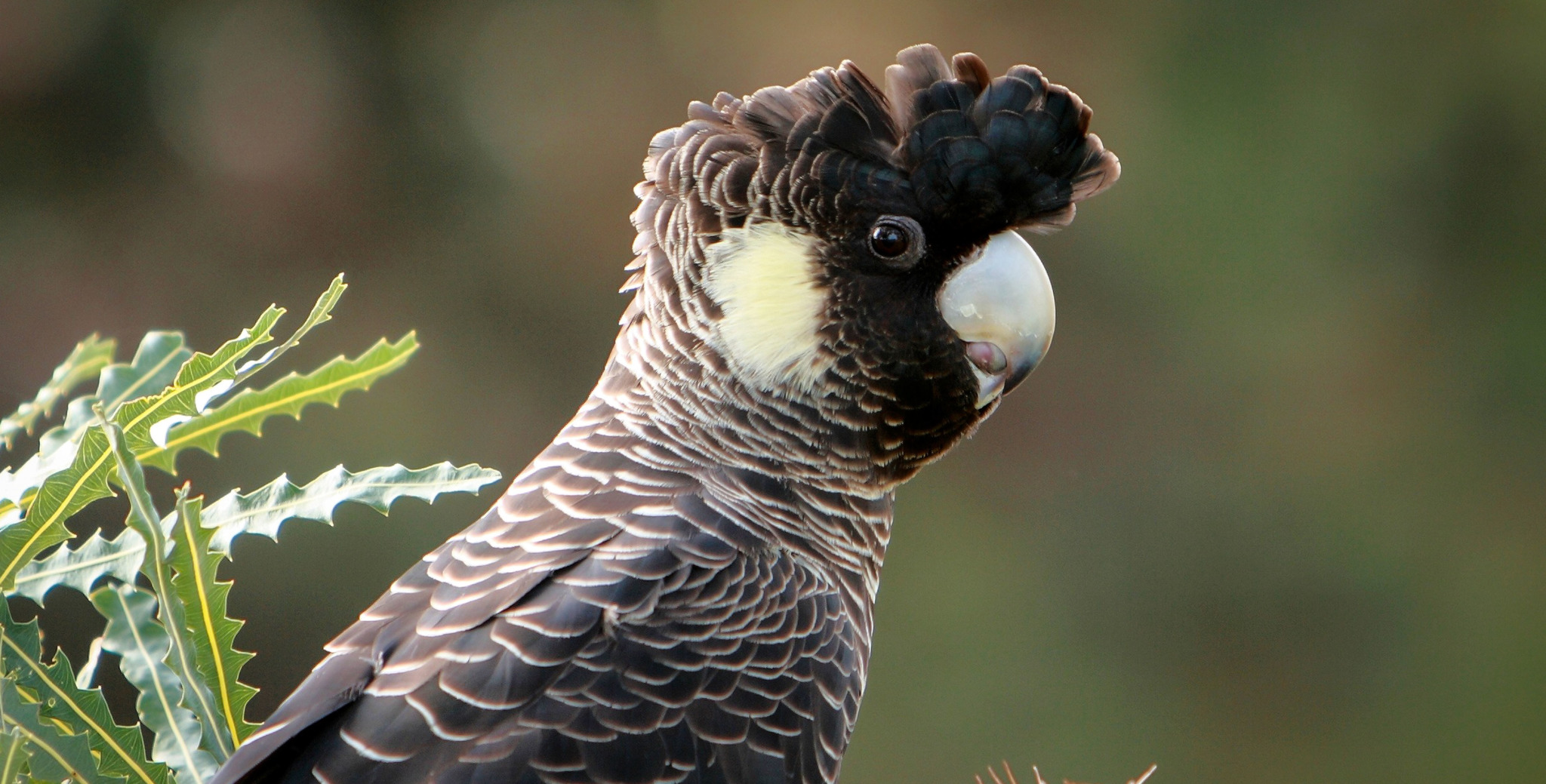Neville Passmore's Community Blog
Encouraging Wildlife
Wildlife above and below the ground is encouraged by the presence of trees. Every growing plant enhances soil health by supplying simple sugars from the process of photosynthesis, which soil biology requires for its very existence. In turn, the soil biology looks after the tree’s every need, including a supply of moisture and nutrients as well as natural pest control.
Biodiversity connection corridors are created when trees are sufficiently close to each other across the landscape to offer safety and cover for birds and other life. An interesting example of these corridors can be seen in aerial photos of older suburbs around Perth where backyard trees form lines across the suburbs linking bush areas to the rear gardens in the suburb. Sadly this wildlife corridor resource has become a thing of the past as backyards disappear in the new suburbs.
Increasing numbers of insects, birds and mammals are facing extinction in WA as we take away habitat to create habitation and roads and carparks for ourselves. The raucous Carnaby’s cockatoo is now an endangered bird. Nut bearing trees such as pecan, macadamia, almond and pine as well as “Marri” (Corymbia calophylla) provide food for these seed eaters. By planting these Carnaby-friendly trees you can help them survive. We have a large pecan at home and we share the harvest with a local troop. They get about 90% and we enjoy the remaining 10% which we gather from the ground after the cockatoos cut the fruits from the 20 metre high tree.
Another way of helping wildlife if you do have tall trees is to hang a nesting box. Have a look at the Perth Zoo website for good advice about making or buying nest boxes for native animals.

